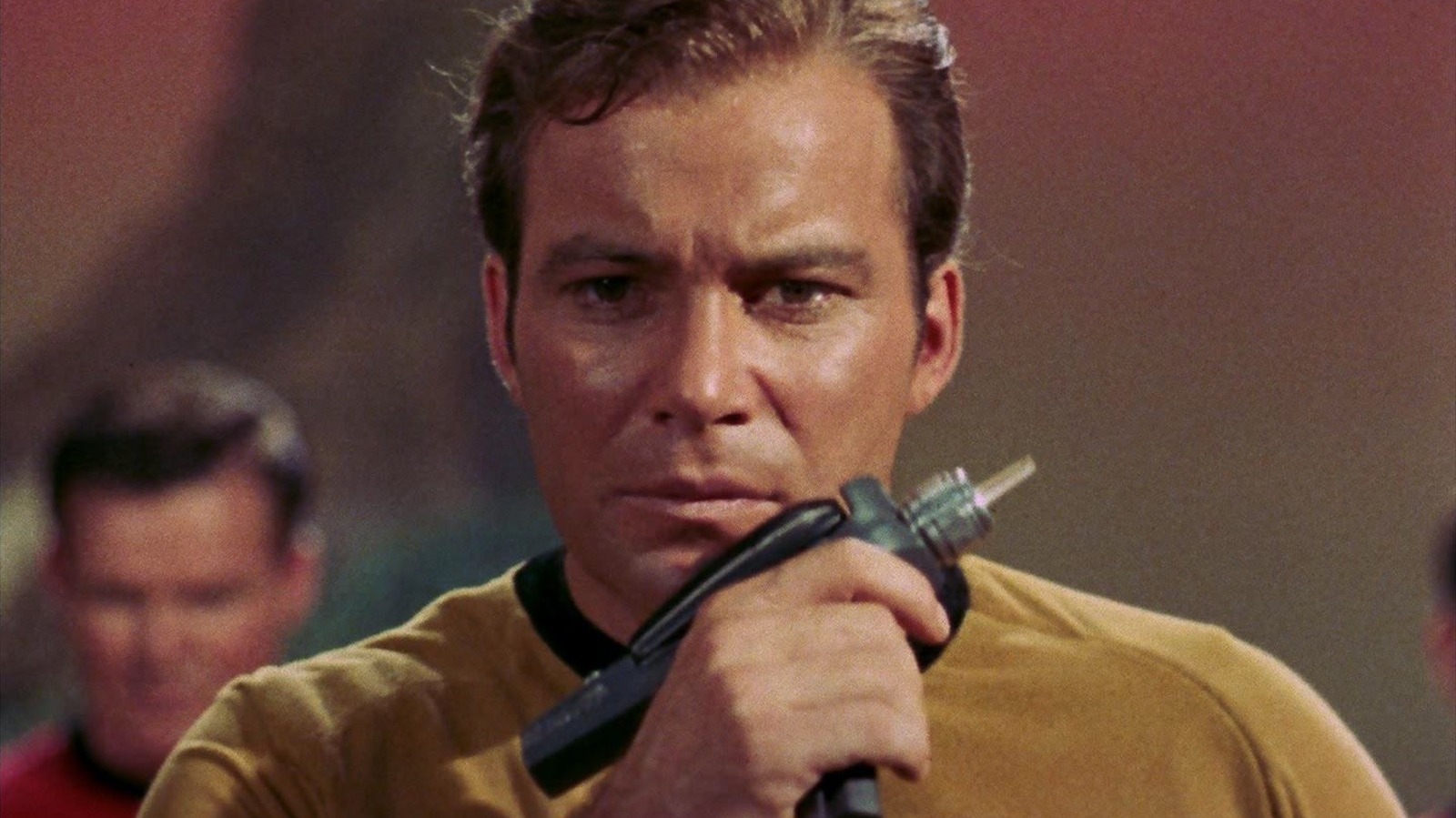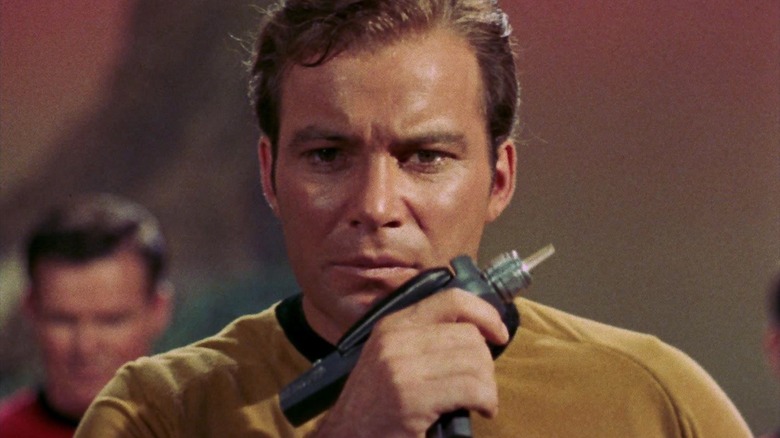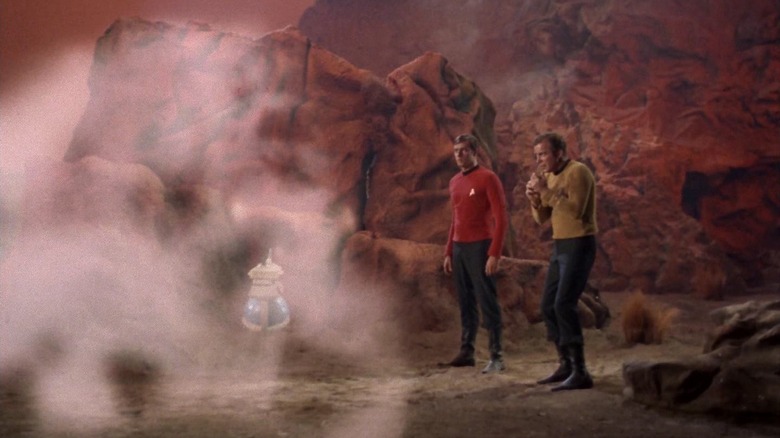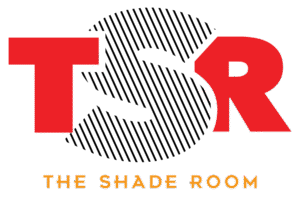One Underrated Star Trek Episode Showed Us A Side Of Captain Kirk Never Seen Before
The episode “Star Trek: The Original Series” Episode “obsession” can be one of the most underestimated episodes in the series. It is in fact one of the strongest episodes of Captain Kirk, allowing the character to confront some of his recognized personal weaknesses and, overcome them, to grow as a character.
Kirk (William Shatner) had faults, of course, but he was often represented on “Star Trek” as being in total control of his faculties (most of the time), using his leadership instincts and his desire to take risks calculated to take advantage of any crisis. He could have a temperament, but generally caught up before doing anything imprudence. In pop culture, Kirk has the reputation of being something of a reckless cowboy Who broke the main directive of the regular regular (and he often played a little quickly and losses with the regulations of Starfleet), but revisiting the old episodes of “Star Trek” reveals that he was in fact quite severe and judicious. He even had the reputation of being a library rat; Lieutenant Gary Mitchell (Gary Lockwood) described him as “a pile of books with legs” in the episode “where no man has gone before”.
“Obsession” was a little different. This is an episode where Kirk was allowed to lose his composure – and for personal reasons, no less. It is one of the only times on “Star Trek” that we see Kirk doing outwards bad Command decisions, to the point of being criticized by its crew. “Obsession” shows that Kirk is always impregnated with guilt on a previous perceived failure for years earlier, and that it is always vulnerable to poorly recommendable pulses. “Obsession” shows an ordinarily severe and capable character that cracks under pressure, but in a way we, viewers, can connect us. The episode makes Kirk even more human.
The obsession reveals the relative human weaknesses of Kirk
“Obsession” begins on the planet Argus X, where Kirk and several business crew members conduct a planetary survey. Unexpectedly, a strange mist begins to infiltrate rocks and apparently attacks Starfleet’s officers. Kirk orders the crew to draw their phasers, but one of them hesitates, allowing the cloud to recover it. It will be explained that the cloud is actually an intelligent and lively creature that feeds on the iron in human blood. The being of Dikronium Cloud because it is not bodily, is apparently unstoppable.
Kirk knows exactly what it is. He reveals that when he was a lieutenant aboard the USS Farragut, serving under Captain Garrovick, the same monster similar to a cloud attacked him as well as his crew companions. Kirk saw the thing sucking the blood of his compatriots and killing his captain. Kirk tried to dismiss his phaser, but fear was right for him, and he hesitated. He finally frightened the being, but not before he killed half the Farragut crew. Since then, Kirk has carried a lot of guilt with him, thinking that his cowardice cost lives. His meeting with the Dikronium Cloud is perhaps one of the reasons why he has resolved to be so courageous.
But now, this guilt raises his ugly head. The cloud is back and Kirk becomes obsessed with extermination. Unusually, he panics. He takes control of the ship when Chekov (Walter Koenig) does not act quickly enough. Kirk is convinced that if he just draws phasers fairly quickly, he can kill the cloud. Vorelly, Kirk orders that the company remains in the region to exterminate the creature after having received an urgent mission to another planet to deliver an important antivirus. It’s very, very different from Kirk.
Abandon guilt
Usually, when Kirk acts so far from his character, his teammates begin to suspect that he was supplanted by a doppelgänger (an event surprisingly common on “Star Trek”). He orders the survivors of their neighborhoods, relieving them from duty when they fail to draw their weapons from a cloud.
The fact that the monster is a cloud is certainly symbolic. The guilt we wear with us is vaporous and ineffable. We cannot attack him because he has no body. It simply floats around us like a mist. Although the cloud is not very visually exciting – It is not exactly a “Star Trek” monster widely celebrated – His non -physical nature makes it a perfect metaphor for the emotional state of Kirk. When we are full of guilt, our vision is darkened.
Kirk finally learns, in his various attacks, that the phasers in fact have no effect on the Cloud creature. Kirk does not need to feel guilty for not having fired enough during his previous meeting on the farragut, because that would have done nothing. He was helpless in front of the creature, and his actions have nothing to do with his food cycle. Indeed, the creature can go through shields, infiltrate the waterproof company and continue its chaos tirelessly.
Fortunately, Spock (Leonard Nimoy) is able to cope with the cloud, because his vulcan blood has no iron. Kirk recalls an officer relieved in the service, and it seems that he is forgiven. The only way out was the knowledge and recognition that we cannot always control the world around us. It is a real and useful real lesson that viewers can take it.
Unfortunately, this is not a satisfactory outcome for a science fiction series with a monster, so the writers also nailed to a more cathartic end in which Kirk and the son of his former captain, the Garrovick brand (Stephen Brooks), explode the creature with a special bomb. It is an abrupt end to an emotionally intelligent episode. Trekkies tend to neglect “obsession”, but it is actually vital for the development of Kirk as a character. Sometimes, even the strongest characters must face their demons.















Post Comment